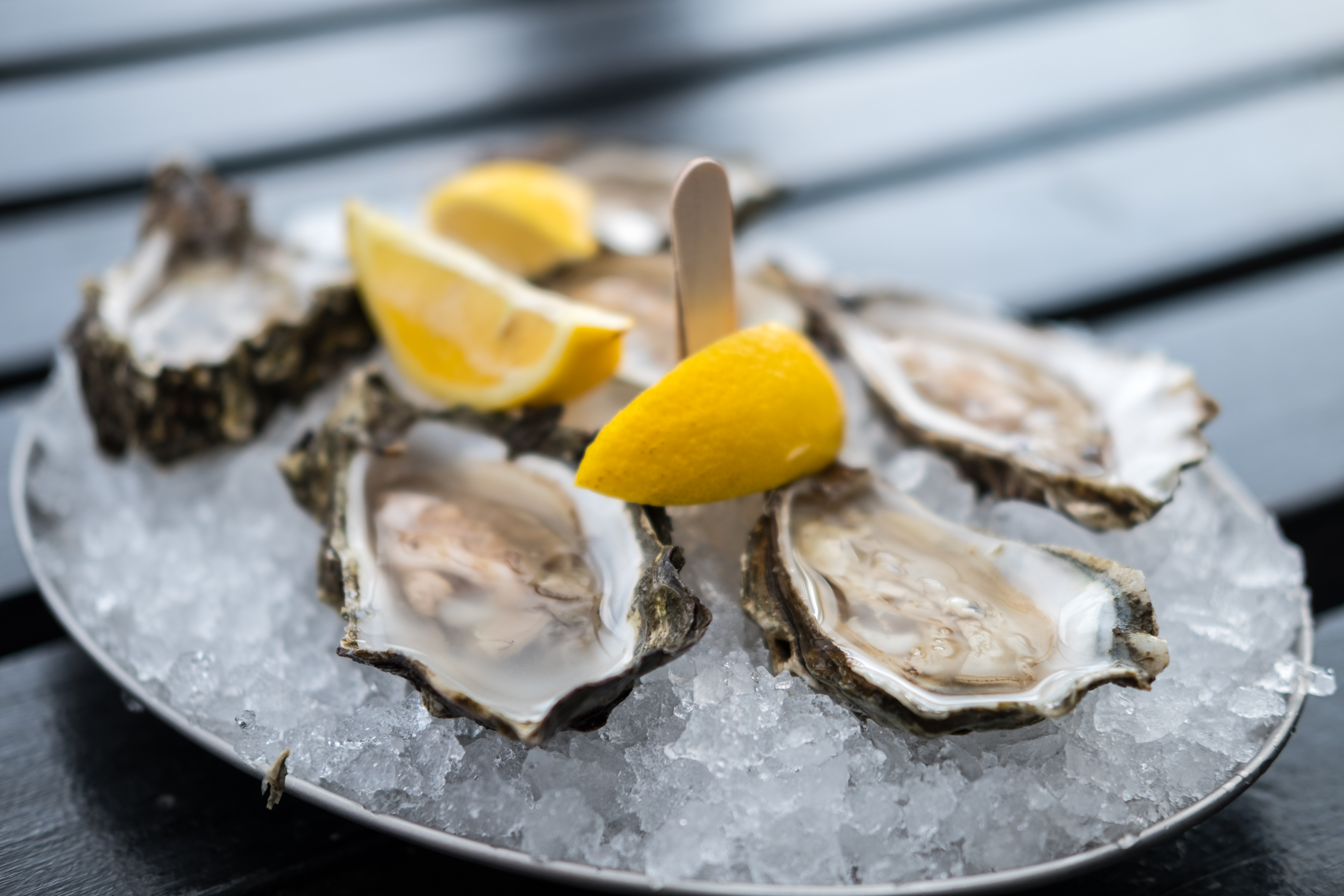A five-state raw oyster outbreak has sickened 16 people. The oysters, harvested in Baja California Sur, Mexico from the Estero El Cadron, were contaminated with Vibrio, Shigella, E. coli Campylobacter Norovirus. Now the U.S. Food and Drug Administration (FDA) is zeroing in on the Shigella illnesses.
All of the bacteria associated with this outbreak are transmitted via the fecal-oral route. This means an infection occurs after food contaminated with microscopic amounts of feces containing bacteria is eaten. This can happen when an infected person who did not wash hands properly after going to the bathroom handles food, or if contaminated water contacts food as it grows or is prepared.
Shigella bacteria cause an infection called shigellosis which is highly contagious. One way it spreads is when an infected person enters the water

In this outbreak, health officials were able to identify the particular pathogen(s) for 11 of the 16 case-patients. Of those, five were infected with some type of Shigella. Here is the breakdown:
- Shigella flexneri (4)
- Vibrio parahaemolyticus (2)
- Vibrio parahaemolyticus and Shiga toxin-producing Escherichia coli (STEC) non-O157 coinfection (2)
- Vibrio parahaemolyticus and Shigella flexneri (1)
- Shigella flexneri and Campylobacter lari (1)
- Vibrio albensis (1)
- Norovirus genogroup (1)
- Vibrio of unknown species (1)
The case-patients range in age from 26 years old to 80 years old. They reported onset-of-illness after eating raw oysters at restaurants in Nevada and California from December 16, 2018 to April 4, 2019. Twelve of them live in California. The others are from Alaska, Illinois, Nevada and New Hampshire.
Pritzker Hageman food poisoning lawyers represent people who have been sickened by contaminated food. To request a free consultation with our team, call 1(888) 377-8900 toll-free, send a text to 612-261-0856 or use the form below. There is no obligation.